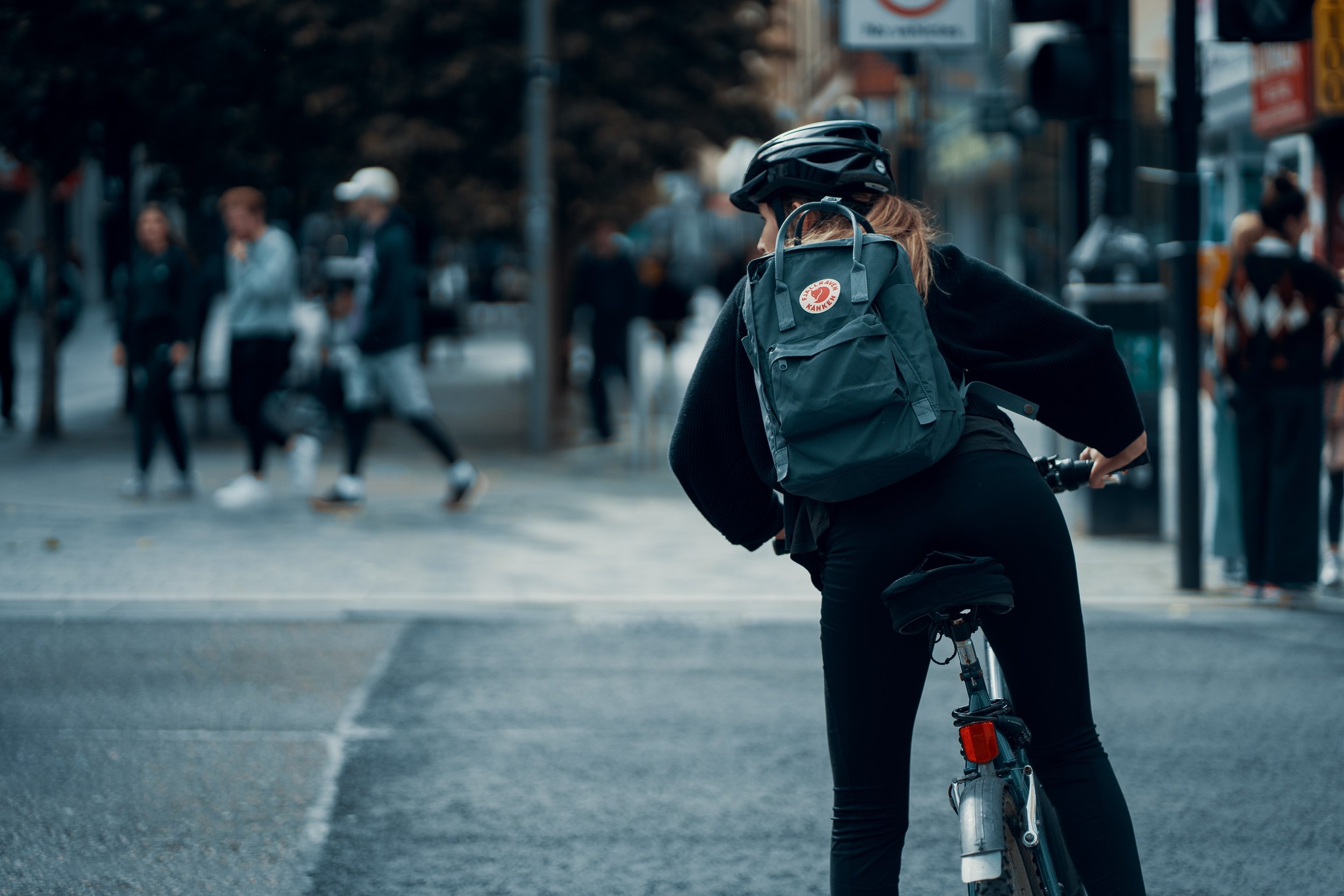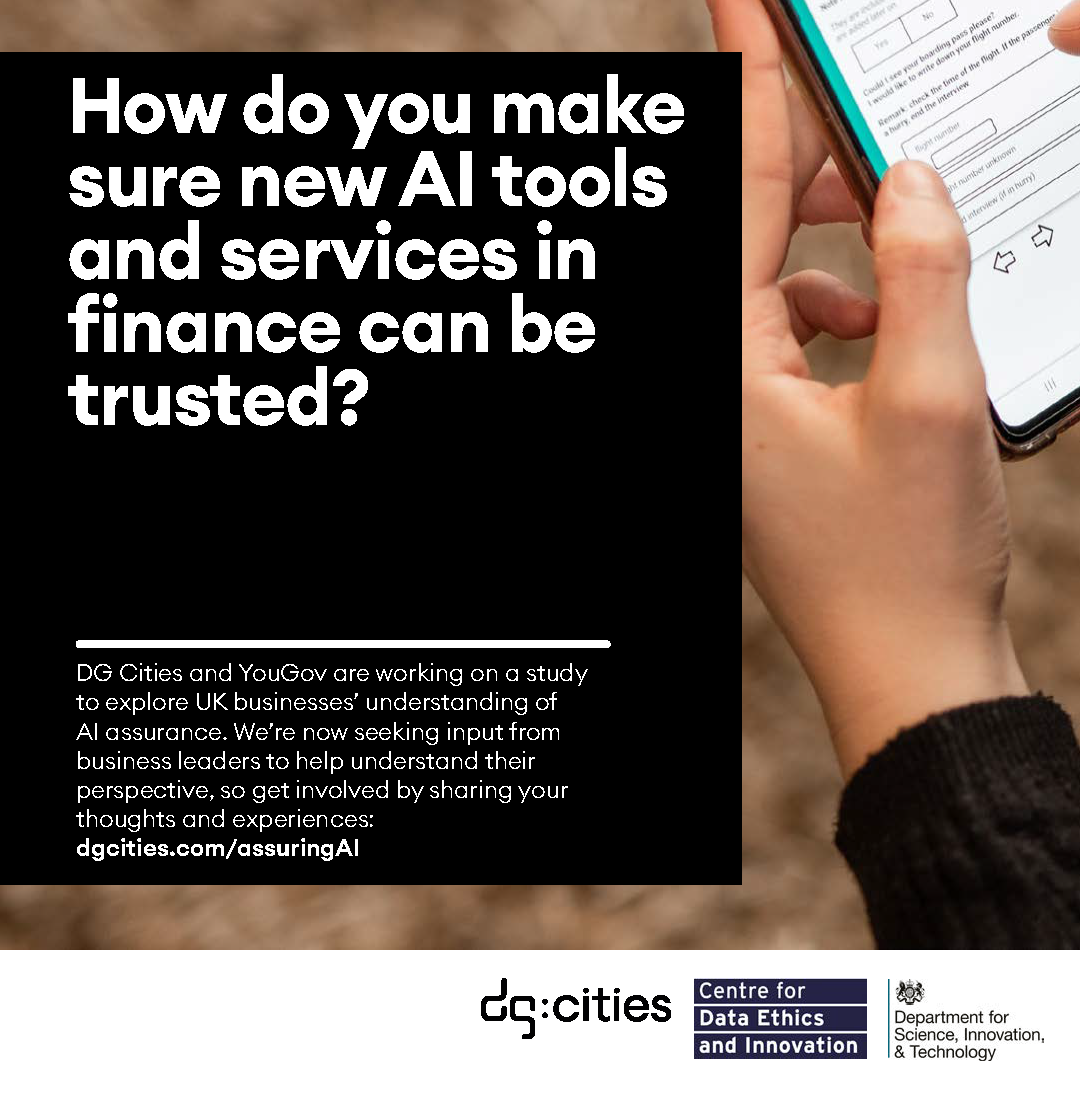At DG Cities, we focus on working with the public to advance the adoption of new technologies, services and deliver net zero neighbourhoods. Central to this has to be a shared understanding of ‘why’ – the need to shift to a low carbon economy to mitigate the impacts of climate change and a desire to make the places we live and work better for everyone. We have been reflecting on the role of government information in reinforcing this need for change, and how our work with communities might offer useful lessons in countering disinformation, mistrust and AI-generated content.
What was the last public information campaign you remember seeing?
“Hands, Face, Space?”
Keep Britain Tidy?
Maybe a terrifying warning not to boil a kettle on a boat?
Historically, these campaigns have covered everything from seatbelts and road safety to preparedness for a missile strike, yet we have yet to see a full-scale, government-led campaign on the climate crisis linked to specific actions we should take, such as transport and consumer choices.
Hands, Face, Space Covid-19 messaging, 2020
The demand, however, appears to be there – a petition to Parliament calling for a campaign has, at last count, more than 23,000 signatures.
But what would the delivery of an effective climate crisis campaign look like in 2025?
Gone are the days when a sternly narrated television ad, a page in a newspaper or a well-placed billboard were enough. In a world shaped by AI-generated misinformation, hyper-personalised digital content on social media, and polarised public discourse, campaigns must be smarter, more localised and, we believe, more deeply rooted in behavioural science.
Today, campaigns are often digital-first, as daily newspapers and scheduled ad breaks on tv channels become less of a shared routine. The NHS’s COVID-19 ‘Stay at home’ messaging was a rare modern example of a multi-platform campaign that achieved mass adoption, using a mix of clear messaging, emotional appeal, and trusted spokespeople. With the rise of misinformation, it’s no longer enough to simply broadcast a message and find ways to reach the majority of people. As well making it heard, it’s vital to ensure the information is trusted, believed and acted upon.
Government THINK road safety campaign
Misinformation in the age of AI
Public information campaigns now face unique risks. AI-generated deepfakes and viral misinformation can drown out official messaging, creating confusion and distrust. Research by Ofcom found that around one-third (39%) of UK adults had recently seen misinformation online. If AI can generate convincing fake news or misleading climate narratives rapidly and at scale, how do we ensure the public gets the right message?
One approach is to lead with transparency. Government campaigns must be upfront about how and why information is being shared, and ensure that sources are clear and credible. The rise of AI also means actively combating misinformation, working with tech platforms to identify and counter false claims. Meta’s announcement that it would no longer support fact-checking in the US has alarmed many.
Initiatives in the UK, like the rebranded National Security Online Information Team will be essential in ensuring climate messaging is both visible and trusted. This is something we touched on at DG Cities in our work on AI Assurance for the Department for Science, Innovation and Technology. Here, our research focused on identifying common language used to describe trust in AI tools – the shared basis from which policy and public guidance can develop.
Agreeing the message – and who should deliver it
With so many strands to the climate crisis, identifying the behaviours that will make the greatest difference, as well as the behaviours that a public information campaign is most likely to shift, is politically as well as practically challenging. Government trust is also fragile. According to the 2024 Edelman Trust Barometer, trust in government and the media is at its lowest point for a decade. That’s why who delivers a public message now matters as much as the message itself.
From our experience working on behaviour change campaigns with local government, we have seen the difference a hyper-local approach, where people feel the message is relevant and directed at them personally, can make. We believe that making climate change campaigns local by design, so they are delivered by councils, community leaders, or even trusted local businesses, could be a useful principle. Our work with the Royal Borough of Greenwich supporting communities to recycle more and reduce fly-tipping is a good example of this. We used simple messages, designed by the community, aligned to clear design principles, with scope for local nuance.
Our project involved locally created murals in Greenwich
Research in behavioural science also consistently shows that people are more likely to adopt new behaviours when the message comes from a source they trust. For example, vaccine uptake increased when delivered through community healthcare providers rather than through broad national messaging. A climate campaign could adopt a similar model, particularly when local interventions speak directly to the people most affected: a council-led campaign in areas prone to flooding that provides real-time climate data, or targeted messages in rural communities explaining the economic and energy security benefits of wind farms.
When we consume so much media, can a campaign ever have the same impact?
In an era of endless digital distractions, making a campaign stand out is harder than ever. This is where innovative design, behavioural psychology, and emerging technologies come into play.
One method is using ‘disruptive design’, by which we mean unexpected interventions that interrupt routine behaviour. Data at its most incorruptible and clear could be the message. In London, we have cycle lane counters that show number of users per day. The Netherlands experimented with digital billboards that respond in real-time to pollution levels, showing a visual representation of air quality. Similar dynamic campaigns could be used in UK cities, making climate data visible and immediate. In the UK, the Body Shop even experimented with the medium as the message, by installing billboards designed to actively remove pollutants from the environment.
Augmented reality (AR) and AI-driven interactive campaigns also have potential to capture people’s imagination. Imagine scanning a QR code at a bus stop and instantly seeing how climate change could impact your neighbourhood in twenty years’ time. These kinds of interventions bridge the gap between abstract global issues and personal, immediate impact.
The future of public campaigns
To be effective in the AI age, it’s clear that public information campaigns must evolve. The principles here are local, interactive, trustworthy, transparent and impactful.
If the government is serious about tackling the climate crisis by uniting the country with a greater understanding of the need to adapt our behaviours, a national information campaign is overdue. But to work, it must be unignorable, trustworthy, and smart enough to navigate the new landscape of AI-powered influence and polarised politics. Because in the end, the real challenge isn’t just what we say, but how, when, and where we say it and whether it leads to meaningful change.





































